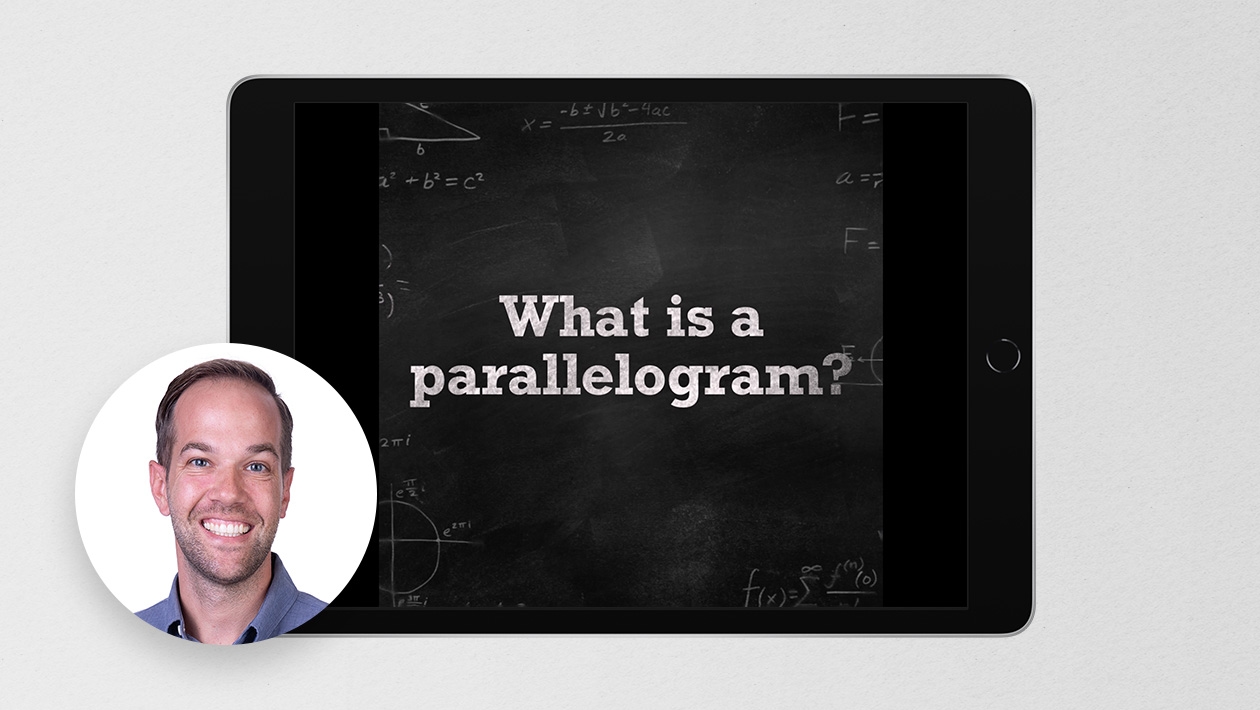In my experience with classroom discussion, when students can see AND hear an explanation of how to solve a math problem, they have twice the opportunity to understand. Using AirPlay to show Classroom content on Apple TV means students can share their thinking with words AND visuals while their classmates follow along.
As secondary math becomes more complex, providing an image or sketch of the work can better support understanding of the discussion than words alone.
In the article Using the 5 Practices in Mathematics Teaching by Keith Nabb, Erick B. Hofacker, Kathryn T. Ernie, and Susan Ahrendt, the authors describe the importance of selecting a rich, cognitively-demanding task to give the students something worth talking about in math class. And, they describe the "teacher moves" that make the discussion more than a "show and tell" session, they turn it into an experience that the students can learn from and take away new content knowledge.
I love using the 5 practices to guide my plans and facilitation of math discussions. The first two practices include (these are things the teacher will do):
- Anticipating, or solving the problem using multiple strategies to prepare for possible routes the students may take. This is when I reflect on all the ways I have seen students solve similar problems in the past and create categories for the next step.
- Monitoring, or observing the students' methodologies for solving. Here, I'm looking to group the students into the categories I created before.
Teachers can use Classroom to see the students' written math work during this Monitoring phase in addition to physically traveling around the room to engage in conversation with them as well.
Learn more about how you can View and lock students' screens in Classroom, so you can control when and how students can use their device during classroom discussions.
The next two practices are:
- Selecting, or choosing who will share with the class. This is where I avoid duplicate share-outs.
- Sequencing, or intentionally placing the students in order to share. I typically order the students' work from least complex thinking to most complex thinking.
This is when displaying the work with Apple TV enables students to use both words AND visuals to describe their thinking and the processes they used to solve the problem.
The last step of the 5 practices is:
- Connecting, when the teacher pulls the discussion together to make connections in the content. This doesn't have to be all teacher talk, rather it can be a teacher-facilitated discussion as long as it includes the most important pieces of the lesson you want the students to takeaway.
A combination of the 5 Practices with showing Classroom content on Apple TV means students can see AND hear their classmates explain how to solve math problems.
Learn more about how to Show Classroom Content on Apple TV from the Classroom User Guide.
Another option for displaying student work is to Set up your Mac to be an AirPlay Receiver. If you don't have an Apple TV, this could be the route you take.
Example Activity
One of my favorite math tasks for high school Geometry related to the area of composite figures is called Quadrilateral Bisection (The Stained Glass Window Problem) from Math for Love. The visual that is repeated throughout the activity and the cognitive demand of the task means the 5 practices will work very well with this problem.
If you are interested in using the Quadrilateral Bisection task with your students, I have included the image for the task to share with your students.
Other Tasks
Collection of Rich Tasks by Math for Love
Share how you use the 5 Practices with showing Classroom content on Apple TV in the comments below. And, share your favorite tasks as well!












September 10, 2024 . English
English
I like to use Freeform and displaying it on my Apple TV for brainstorming before we write out Quadratics book in Algebra 2. Students add sticky notes to share what they remember about various concepts regarding quadratics, and we go through the sticky notes and organize them into “chapters” for our book.
This action is unavailable while under moderation.
This action is unavailable while under moderation.